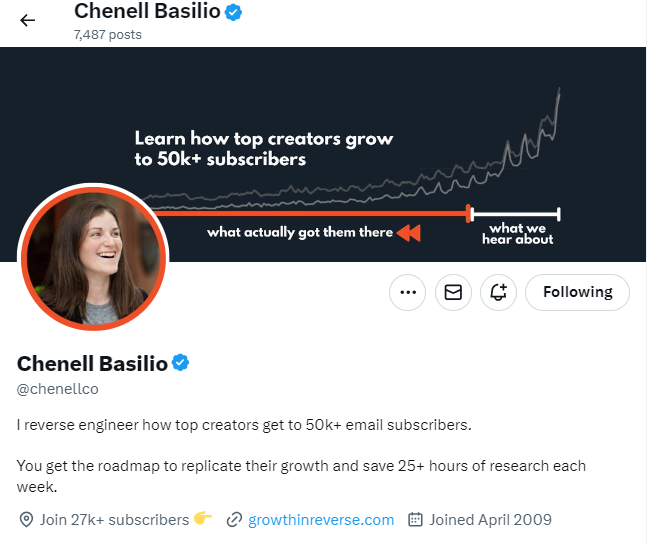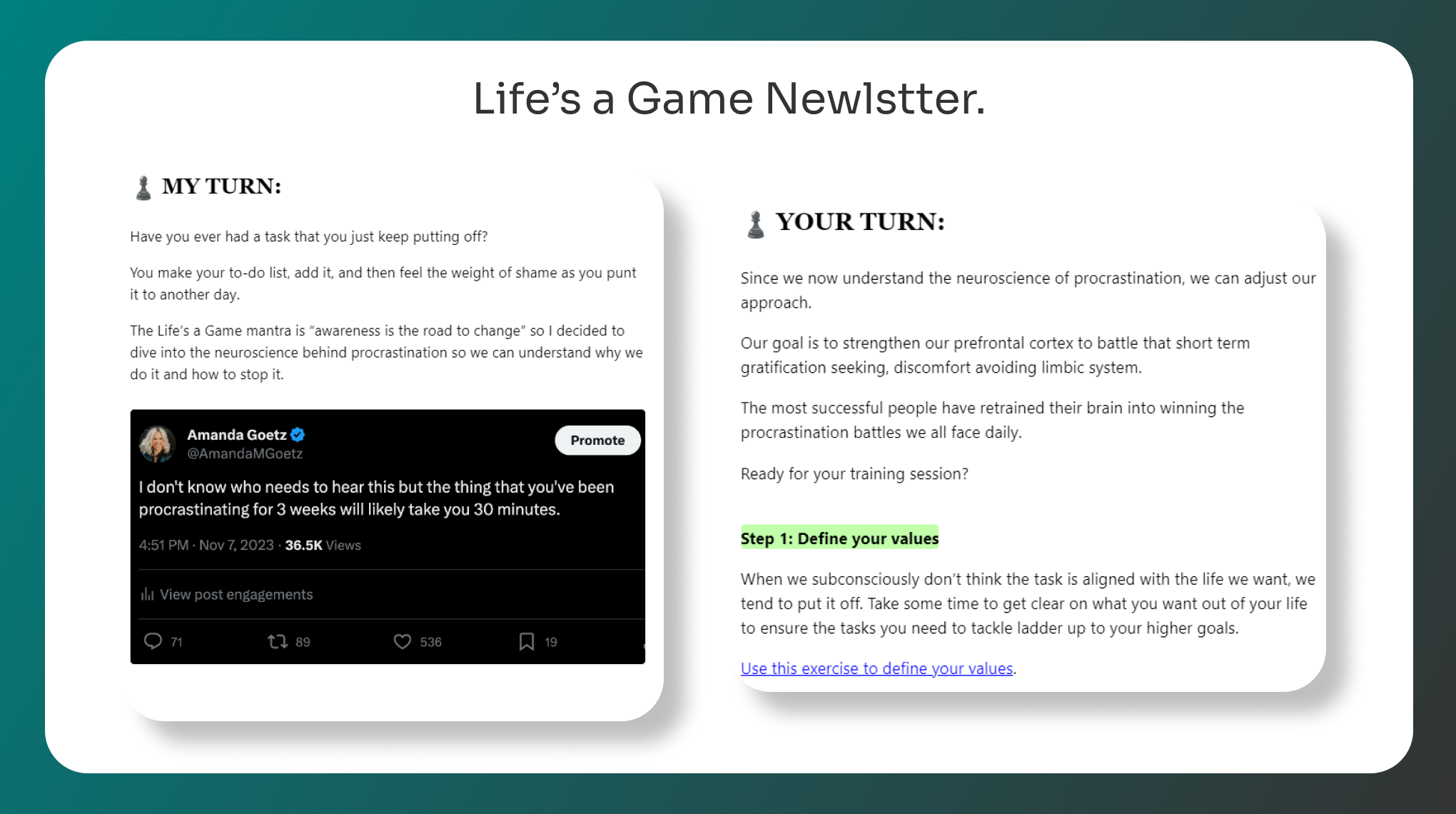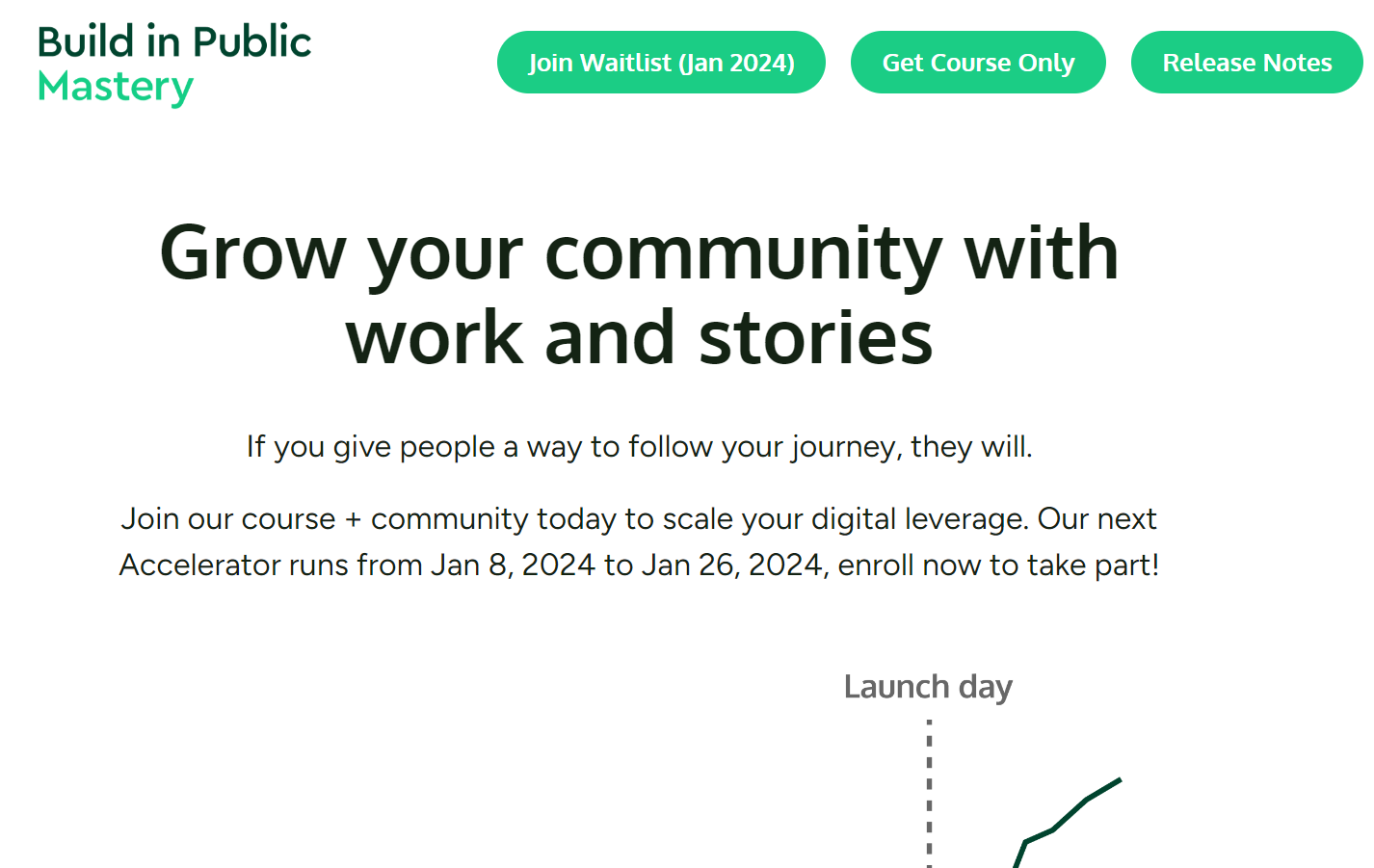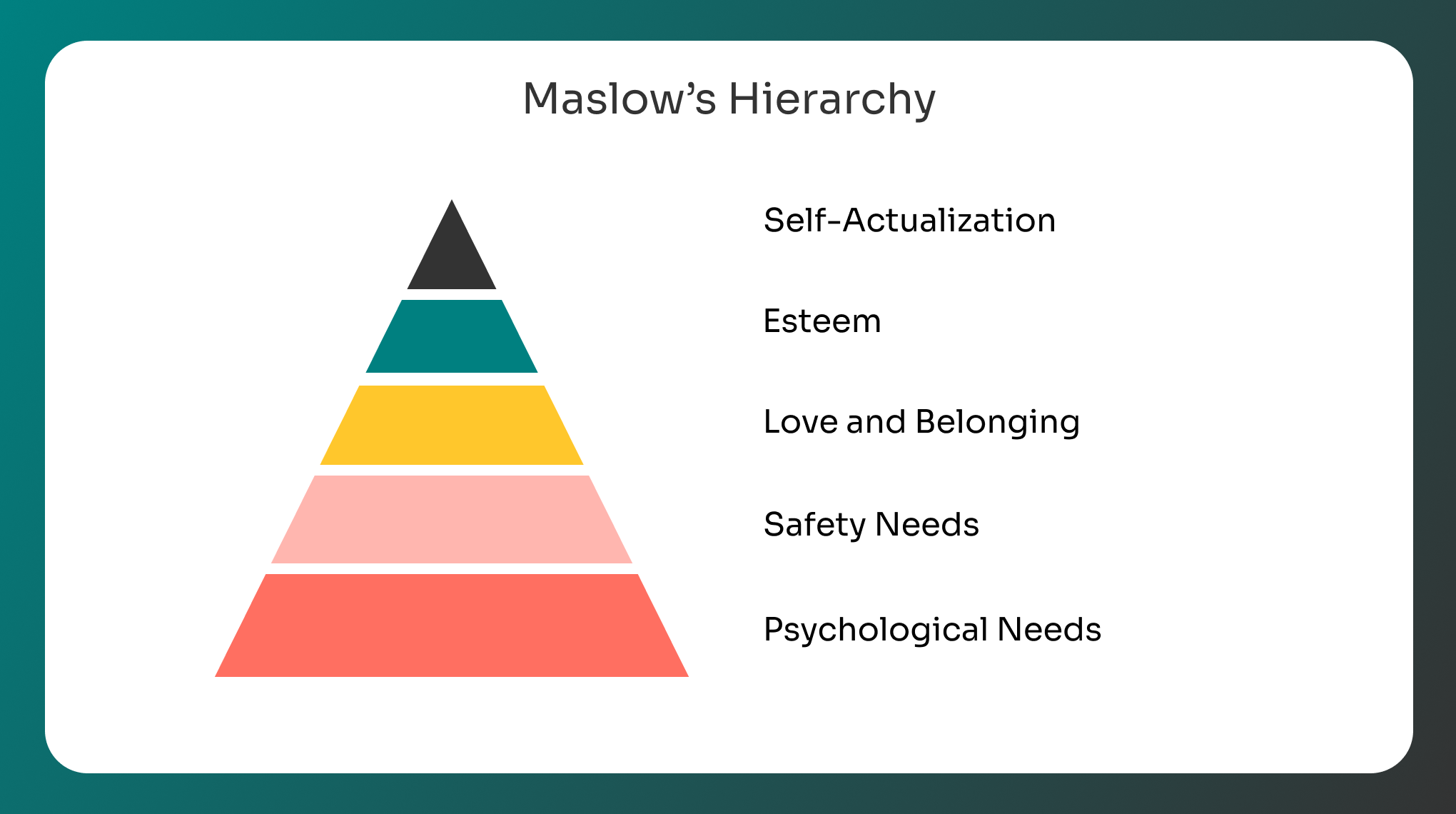Not brand, build a game worth playing
Have you ever wondered why it is hard to get a good game out of your head?
I know I’m always stuck with this choice on the weekends.
But similarly, you can ask this same question in a creator brand context…
Why are some creators just stuck in people’s heads?
What are they doing differently that we don’t see?
So, after spending a week holed up in my imaginary castle… in this edition of Paradigm Shift, we’ll explore how to build a brand people can’t get rid of.
You can skip around to save time but if you hold your horses, I’ll show you why your brand is mundane right now.
Go get your ☕, and grab a notebook.
Let’s dive into it
↓
No.1 reason you build a mundane brand
In a world where there are about 528.3 million Twitter users, only the ones who know how to play the game win.
But how do you play the game?
Now, If you are thinking about going on a search spree of “how to build a top brand on the internet”… let me stop you right there.
you’ll follow the same advice every other person will:
- Pick a Niche
- Study Competitors
- State your position
yadda… yadda…yadda
and ta-da,
you’ll get a brand.
THAT’S B.S.
All that does is START a brand.
Yes, it is a fundamental part of building online but top creators don’t get stuck on the fundamentals, they go beyond it.
Now, I didn’t have enough clout to interview them at the time I’m writing this, but I’ve tried my best to work backward and come up with my solution that’s solved the next 5 years of my brands.
I call it THE BIG GAME QUESTION.
Why? Game Question?
After building a business I realized that moving from Strategic Statements to Strategic Questions gave me far better outcomes for my work.
Simply put: A statement is a declaration that stops progress, and a question creates possibilities.
This matters because traditionally a brand statement relays the future position you want to occupy.
But for a creator, things are a bit different. The fastest way to build a top 1% creator brand is by starting a movement or a game that people can take part in.
Don’t believe me, try to imagine what these questions led to
- What if you could build a business with no employees?
- A business built on lifestyle and the internet.
- What does it take to build 50k+ newsletter subs?
- A newsletter that is loved by newsletter writers.
- Why do people buy stuff?
- A newsletter that is read by almost every marketer on the planet.
These questions led to a game that was worth taking part in by a large audience.
So, without further adieu…
here are 7 components of a game worth playing.
The 7 components of your GAME
Have you enrolled someone in a new way of thinking?
This was the point entrepreneur, best-selling author, and international speaker, Daniel Priestly makes in one of his many podcast appearances.
After a quick dive into his work, I found that he talks about the components of pitching for entrepreneurs’ brands.
I’ve adapted some of his concepts to make things relevant for the creators.
1: What excites you about your work?
Without something to look forward to, your skills will be shallow as will your brand.
And to add to the cocktail, your actions won’t have long-term sustainability.
Which is something you should be worrying about!
The way to solve this is by asking yourself… what part of your work excites you the most?
The reason this matters is that it gives you a competitive advantage, as it may be something other people struggle with.
Example: Chenell Basilio writes one of the best newsletters on the planet.

She would have been just another newsletter writer if she had not enjoyed the research process it takes to learn about people creators.
To you and me (maybe), this would feel like a lot of work, but to her it’s play.
She has a whopping 27K+ subscribers as a result. (she’s obviously doing something right.)
2: What makes it fun?
You play games because they are fun and engaging.
It’s the back-and-forth that keeps you engaged and trapped for hours.
It’s the same logic. but underneath the fun, the underlying principle is playing the challenges.
Gamefy how you work, interact, and share experiences.
How can you do something the way only you can with the skill you love? it makes it more compelling.
Example: Life’s a Game is one of my recent faves. Amanda treats it like a game with the content, the terms, and the tone she uses.
See for yourself.

3: What are the rules?
A game is set in a world. And the world has laws.
There’s a clear structure, stuff that is accepted and not accepted.
These rules don’t exist to stop you, but for you and your user to have a shared experience in a way. That’s why communities work well as a creator business asset.
Example: Let’s say you are responsible for growing a personal brand and helping others do the same The rules of your game could be
- No cheap engagement groups
- 2No terrible cold DMs
- Must spend at least 2 hours on your brand for 6 months
- Must post 3 times a day
- Must post 2 stories a week
One such example is Kevon Cheung’s Build in Public Mastery: it is a challenge that helps creators grow the community in public.

4: Who are your beta-players?
You know your fun zone, you know your rule… now you need beta-players.
Why?
Cause any big idea cannot take off without some people trying it.
This works especially well when the testers are top-industry brass.
Example: Anyone who is anyone on the internet business side of things knows what SOLOPRENEUR is and who popularized it.
Justin Welsh started just like any other creator in 2019, but as he was putting his content every day, big names started supporting his ideas and spreading them for him, taking part in the ideology Justin was promoting.

The game you are playing needs to attract big people who will join in the chaos to demonstrate their abilities in your environment.
5: What’s the reward?
A game without a reward is no fun at all. What are you trying to chase? What do the participants get?
For people to buy into your idea and stay long enough to flourish, the reward needs to be exciting and worth the effort.
What’s the prize for winning?
- The game Justin plays rewards his audiences with freedom, and his friends with exposure.
- The game Katelyn Bourgoin plays rewards her audience and friends with profit.
- The game I’m playing is to reward my audience with sustained freedom & friends with a way to find more profit without extra work. (shameless plug, I know)
6: What are your checkpoints?
Building a brand is an infinite game.
Unless you count followers, then you aren’t really keeping a score worth keeping.
But the point is, there wouldn’t be a game worth playing if there were no clear short wins.
Example:
- Writing your first 10 newsletters
- Making your first product sale
- Hosting your first webinar
A good example of this is Stijn Noorman.

Stijn creates digital assets, mainly ebooks that he gives away.
But those are like the checkpoints he makes every time he cracks something in his journey.



Make things that move you to your game’s final victory.
And helps others do the same.
7: How do you lose?
Since there are wins, there have to be losses too.
There would be no motivation to play the game without it.
But it shouldn’t be something so simple as losing money or followers or subscribers.
It should go deeper.
For that, we can look at Maslow’s Hierarchy of needs.

- Self-actualization: Achieving one’s full potential
- Esteem: Respect, status, strength, freedom
- Belonging and Love: Friendship, intimacy, sense of connection
- Safety: Security, employment, resources, health
- Psychological needs: food, shelter, clothing, sleep
What would be a loss that you know would hurt in the future, is in your control, and can try to avoid?
- Commoditized service
- Building a Cash-suck business (credit to Codie Sanchez for this)
- Creating mediocre content that would hurt the brand’s reputation
All of these translate into either hurting the top 3 in the hierarchy of needs.
Putting things together
With all the elements figured out Bring all of your answers down to a single question that can guide your play in the long run
Example:
How can I build my creator brand, by helping other creators build their business, all the while focusing on the impact, writing books, and building productized services to not fall into the trap of grind and hustle?
This is my statement, that you don’t see anywhere on the website or profile… just everything I do is a way to answer that question.
Action Plan
You want a question that will make you, your audience and your friends get out of bed raring for.
Step 1: Take a piece of paper and write GAME in the middle of it
Step 2: Draw a mindmap answering all the components
- What excites you about your work?
- What makes it fun?
- What are the rules?
- Who are your beta players?
- What’s the reward?
- What are your checkpoints?
- How do you lose?
Step 3: Condense all that you have listed down into a question for yourself.
Giving you a general layout of your game.
And turning it into a big shared experience like “Family time with Monopoly” or “Weekend nights with friends”… that people won’t forget easily.
Just ask yourself: What would be a game or service or question would I happily chase for the next 6 months or possibly 5 years… win, lose, or draw?
